Energy Storage
Craig Tropea
Solar
Jonathan Lwowski
Solar
Steve Macshane, CESSWI
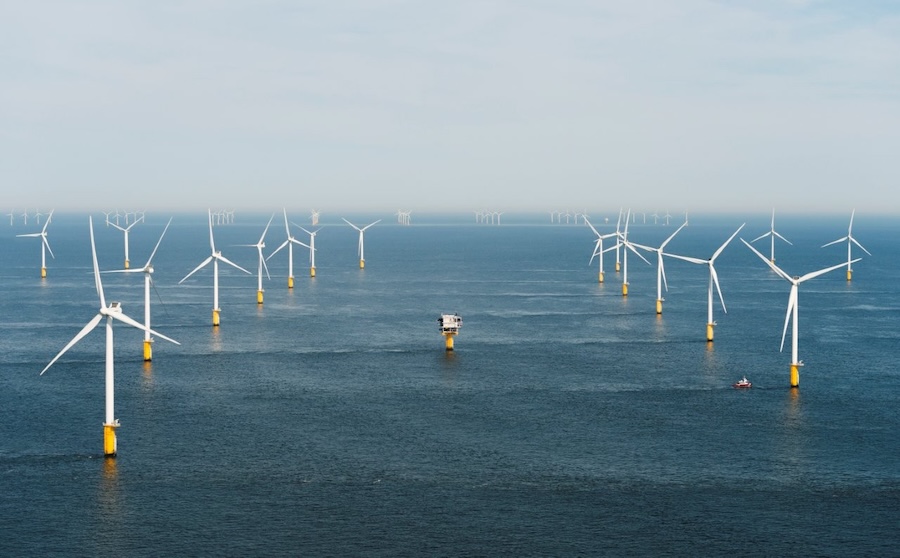
Holland Home of Wind Energy (HHWE) and NMT-IRO are pleased to announce that HHWE will officially merge with NMT-IRO as of 1 January 2026. With strong support from its members, HHWE approved the merger proposal during an extraordinary general meeting. This merger marks a significant step in strengthening the (inter)national positioning of the Dutch offshore wind industry.
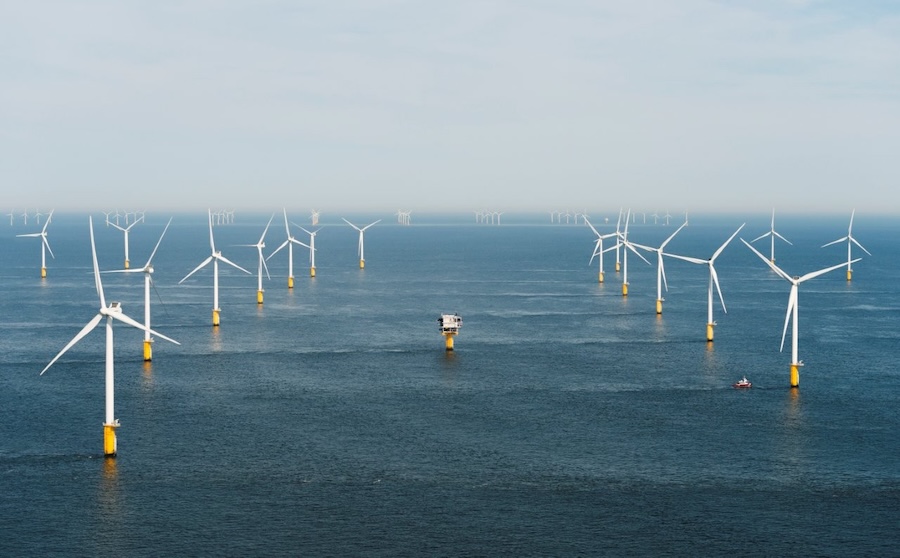
The merger brings together two organisations that have long been committed to promoting and supporting the international ambitions of the Dutch offshore energy sector. By joining forces, they form one unified association with a single, powerful voice both internationally and within the Netherlands.
Jeroen de Graaf, Director of NMT-IRO, comments: “This merger creates a stronger, more unified representation of the Dutch offshore wind sector abroad. By combining our knowledge, networks and initiatives, we increase our impact and are better positioned to support the international growth ambitions of our members.”
Wim Jenniskens, Chairman of HHWE, adds: “This is a strategic alliance that unites the strongest players in the Dutch maritime, offshore and renewable sectors. Together, we’re building a powerful platform for the future.”
The merger offers clear benefits: greater efficiency and visibility in international trade missions and exhibitions, a broader network for members, and increased impact in public affairs, communication and strategic positioning.
Leading up to the merger, the HHWE team will gradually integrate into the NMT-IRO office. A joint member briefing will be held in September to provide more information on the next steps.
NMT-IRO | https://www.maritimetechnology.nl/en/
Holland Home of Wind Energy (HHWE) | https://www.hhwe.eu/
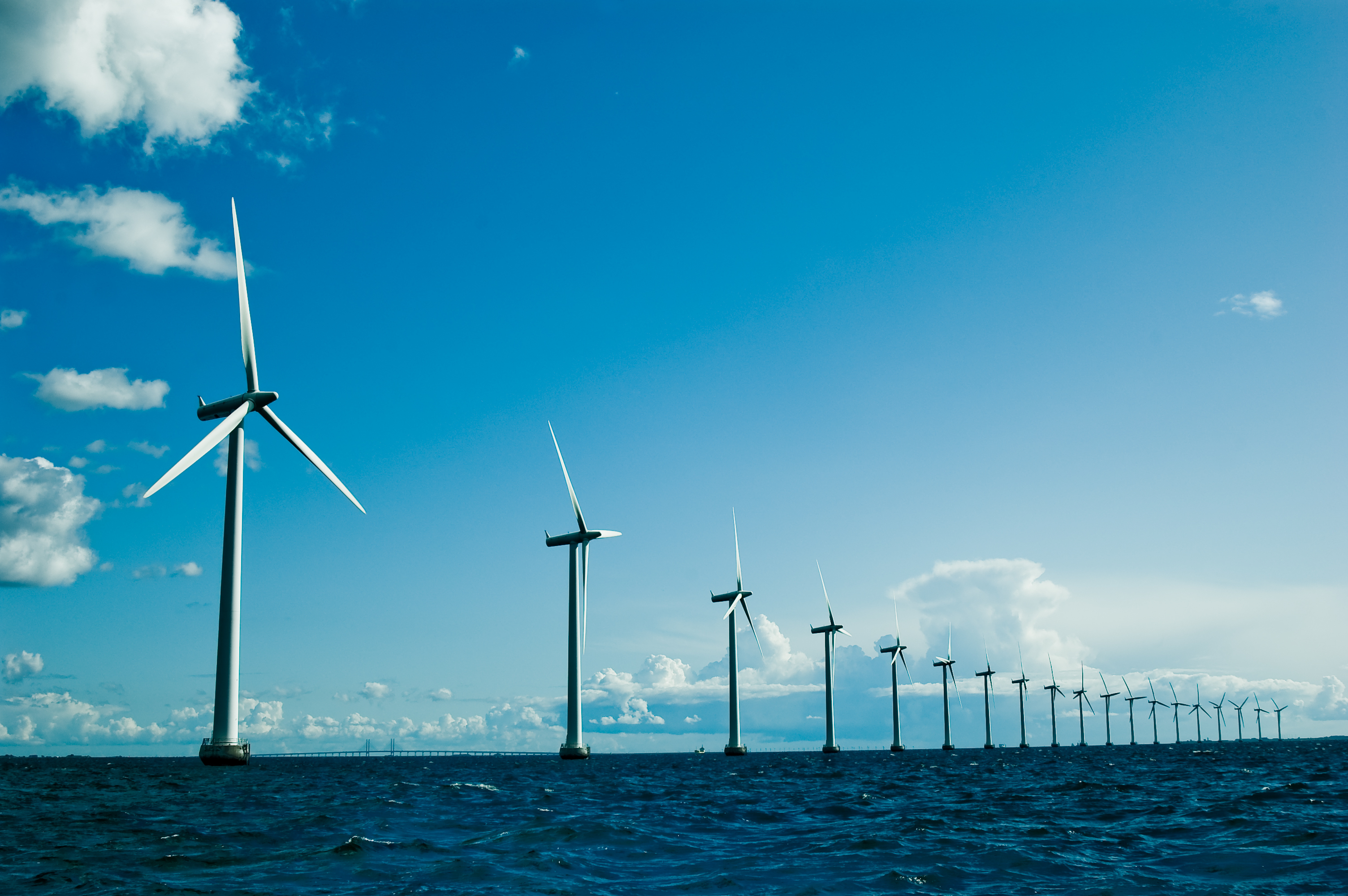
The House of Representative’s narrowly passed the current reconciliation proposal, which includes dramatic cuts to key provisions of the Investment Reduction Act (IRA) designed to bolster American manufacturing, develop a competitive, local supply chain, and establish interregional transmission planning for offshore wind energy. In response, Oceantic Network has released the following statement:
“The House of Representative’s action rolling back key provisions of clean energy and manufacturing tax credits denies ratepayers affordable and reliable electricity, stalls new energy development, and threatens billions of dollars of investments and good-paying jobs across the United States,” said Liz Burdock, president and CEO of Oceantic Network. “Offshore wind is making America more secure by revitalizing industries critical to national defense, like steel production and shipbuilding, and powering the advancement of critical technologies.
“We must seize the opportunity to harness all available energy technologies in this technology race while keeping affordable and reliable power flowing to our communities. Offshore wind is a shovel-ready industry with 10 GW prepared to come online by 2030, underwritten by a 40-state supply chain. We urge the Senate to reverse these rollbacks which will prevent us from meeting rising energy demands before the next decade. Thousands of Americans building our energy future today are counting on it.”
Oceantic Network | https://oceantic.org/
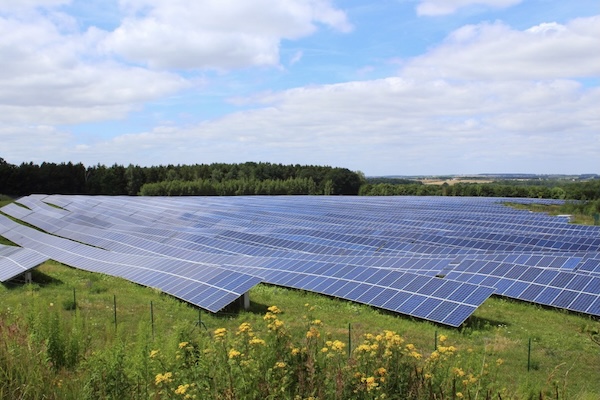
Detroit is setting the standard for urban revitalization and sustainable development. Spearheaded by Mayor Mike Duggan's visionary leadership, the City of Detroit has taken another significant step towards combating climate change and empowering its neighborhoods. Lightstar Renewables is proud to collaborate with the City of Detroit on the Phase 2 Solar Neighborhoods initiative, turning long-vacant land into state-of-the-art solar fields and delivering exceptional benefits to the community.
Building on the success of Phase 1, which brought solar fields to three neighborhoods, Phase 2 introduces 61 acres of solar infrastructure in the Houston-Whittier/Hayes and Greenfield Park neighborhoods. Together, these efforts contribute to a total of 165 acres of solar fields across Detroit, generating 31 megawatts of renewable energy—enough to power 127 municipal buildings, including police stations, recreation centers, and transit hubs.
"The Solar Neighborhoods initiative has been very much a community driven process that is taking blighted vacant land and turning it into a productive and attractive new use while providing direct benefit to homeowners," said Mayor Mike Duggan. "Residents of these neighborhoods designed the landscaping for their new solar arrays and homeowner occupants are receiving energy efficiency upgrades to their homes to increase their value and lower their utility costs."
Direct Benefits for Detroit Communities
The Solar Neighborhoods initiative is more than an energy project; it's a testament to the power of partnerships and community-centered development.
"This initiative goes far beyond renewable energy," said Owen Deitcher of Lightstar Renewables. "It's a holistic vision for sustainable urban development that combines energy innovation, community empowerment, and environmental stewardship. At Lightstar, we couldn't be more honored to partner with the City of Detroit and our incredibly engaged neighborhood partners to make this vision a reality."
A National Model for Innovation and Collaboration
The bold roadmap set by Mayor Duggan's administration showcases what's possible when municipalities and private sector leaders join forces. The commitment from the Mayor's Office, the Department of Public Works, Planning and Development, and the Office of Sustainability underscores how collaboration drives lasting impact.
Victoria Hicks, a Greenfield Park resident, shared her excitement about this transformation, saying, "The Solar Neighborhoods program has turned blighted land into something truly beautiful and beneficial, while also improving the lives of residents. This is the progress we've been waiting for."
The initiative also highlights Lightstar's leadership in solar development, merging cutting-edge technology with community-focused solutions. From agrivoltaic designs to providing stipends and training for local farmers, Detroit's Solar Neighborhoods serve as a national model for integrating renewable energy into urban revitalization.
Together for a Cleaner, Stronger Future
This achievement is only the beginning. With Phase 2 Solar Neighborhoods underway, Detroit is proving that renewable energy can go hand-in-hand with neighborhood empowerment and economic growth. Lightstar remains committed to supporting Detroit's green energy future, ensuring that every project brings tangible benefits to the people, environment, and economy.
Explore how renewable energy is creating vibrant communities and advancing sustainability. To learn more about Lightstar Renewables and the Solar Neighborhoods initiative, visit Lightstar's website.
Lightstar Renewables |www.lightstar.com

Consumer Energy Alliance (CEA), the leading energy and environmental advocate for families and businesses, applauded the Senate for moving to rescind Environmental Protection Agency (EPA) waivers granted in the final weeks of the Biden Administration that would impose California vehicle rules that amount to de facto vehicle bans onto almost 35% of the country's population.
The Senate actions follow a bipartisan vote in the House in which 35 Democrats joined their Republican counterparts in voting to remove the waivers under the Congressional Review Act.
"CEA commends Sen. John Thune for bringing to the Senate floor these CRA resolutions, which defend consumer freedom by preventing California’s restrictive vehicle policies from being imposed on other states," CEA President David Holt said. "Families across America deserve the right to choose vehicles that meet their unique needs – including EVs for those who want EVs - without facing artificial market constraints or paying premium prices they simply cannot afford."
Twelve states passed legal measures enabling them to adopt California's Advanced Clean Cars II (ACCII) mandates, meaning the EPA waivers would force those mandates on more than a third of the nation.
"California’s track record speaks for itself, with energy and transportation policies that have resulted in skyrocketing costs and reliability challenges that disproportionately impact working families and small businesses," Holt said. "We believe consumers in a free marketplace – not one constrained by government mandates – are best equipped to determine which transportation options meet their needs affordably and reliably."
CEA supports electric vehicles. But they remain expensive compared to traditional vehicles, charging infrastructure is still limited, and their manufacture requires major quantities of critical minerals that are almost entirely under the control of China. Additionally, greater adoption is already increasing the strain on our electric grid, which is undergoing a generational increase in demand largely owing to the increased power requirements of AI and data centers.
CEA's 2023 "Freedom to Fuel: Consumer Choice in the Automotive Marketplace" report examines these challenges and how, if policy makers fail to address them and continue with costly mandates, consumers will pay more in overall transportation costs and the grid will face potentially catastrophic pressure.
CEA strongly supports House Joint Resolution 88, introduced by Rep. John Joyce (PA) which targets ACCII rules that require that 35% of new car sales in California be zero-emission by 2026 and 100% by 2035. The resolution is complemented by H.J. Resolution 87, introduced by Rep. John James (MI) and H.J. Resolution 89, introduced by Rep. Jay Obernolte (CA), which are still awaiting passage.
Those resolutions address California's restrictive emissions and other mandates on commercial vehicles and trucks, which would increase transportation and ultimately consumer costs by forcing onto the road vehicles that are not economically competitive with traditional heavy-duty vehicles and trucks. Given California’s importance as an import hub, the cost increases would affect many nationwide.
"CEA supports all forms of energy and transportation that deliver affordability and reliability for American consumers. The Senate's actions today represent a crucial step toward preserving consumer choice by preventing policies that would make energy and transportation more expensive and less reliable for everyday Americans,” Holt said. “We urge President Trump to swiftly sign House Joint Resolution 88 into law."
Consumer Energy Alliance | https://consumerenergyalliance.org/

Yokogawa Corporation of America has taken a major step forward in its sustainability strategy with the launch of a long-term renewable energy initiative. The company has entered into a five-year agreement to purchase Green-e certified Renewable Energy Certificates (RECs), effectively offsetting 100% of its electricity consumption in North America.
The contract, which commenced on April 1, 2025, and runs through March 31, 2030, will offset approximately 6,000 megawatt-hours (MWh) of electricity usage per year—the equivalent of Yokogawa’s total annual energy consumption across its North American operations.
By sourcing Green-e certified RECs, Yokogawa ensures that its energy use is matched with electricity generated from renewable sources such as wind and solar. This move underscores the company’s commitment to environmental responsibility and aligns with broader corporate goals to reduce greenhouse gas emissions and support the transition to a low-carbon economy.
“Our renewable energy purchase is a critical part of our sustainability roadmap,” said Bhavin Patel, executive vice president, North America operations. “This initiative not only reduces our environmental impact but also supports the growth of clean energy infrastructure across the continent.”
This REC initiative is one of several sustainability measures Yokogawa is implementing to meet its long-term environmental, social, and governance (ESG) objectives.
Yokogawa Corporation of America | https://www.yokogawa.com/us

The American Clean Power Association (ACP) issued the following statement from ACP CEO Jason Grumet after the House of Representatives passed the budget reconciliation bill by a single vote (215-214):
“This morning the House voted to immediately end the clean energy tax incentives that provide economic growth, good-paying jobs, and low-cost electricity to millions of Americans. By a margin of one vote, the House voted to retreat in our competition with China for manufacturing jobs and to weaken our technology sector in the global race for digital dominance. For the good of our country's energy security and energy bills—this cannot stand. We urge the Senate to reject the strident House approach and pass a reasonable energy policy for the American people."
American Clean Power Association | cleanpower.org

PECO has launched new competitive Request for Proposal (RFP) to procure long-term renewable energy, capacity, and associated solar photovoltaic alternative energy credits (SPAECs) from new solar projects in Pennsylvania. The RFP, approved by the Pennsylvania Public Utility Commission (PUC), is designed to support the continued expansion of solar power generation across the state.
Supporting the deployment of solar energy in the region is a top priority for PECO as the company works toward a cleaner and brighter future for its customers and communities. Through this RFP, PECO intends to enter into fixed-price power purchase agreements (PPAs) for up to 25 megawatts (MW DC) in aggregate of solar generation for a term of 10 years. To qualify, projects should have an anticipated in-service date on or before May 31, 2029.
The company is accepting proposals for a share percentage of projects that are larger than 25 MW – the minimum size of each solar project is 5 MW. All projects must be connected to the PJM Interconnection grid, and capable of selling energy and capacity into PJM markets. In addition, projects must qualify as Tier I solar Alternative Energy Systems under Pennsylvania’s Alternative Energy Portfolio Standards (AEPS) Act.
To help potential bidders understand the process, PECO and the independent evaluator, NERA Economic Consulting, will host a live Bidder Information Webcast on Wednesday, June 11, at 1 p.m. The webcast will provide a comprehensive overview of the RFP structure, project eligibility requirements, credit and contract terms, and instructions for submitting a proposal. All prospective participants are strongly encouraged to attend and should RSVP here.
Solar is an integral part of PECO’s Path to Clean, which includes a goal for PECO and the collective Exelon utilities to reduce operations-driven emissions by 50 percent by 2030 and achieve net-zero emissions by 2050. PECO is actively working with communities across the region to expand solar adoption, providing new and innovative ways to help customers embrace cleaner energy and reduce their environmental footprint.
PECO | peco-solarrfp.com
Energy Storage May 15, 2025
Natural disasters including hurricanes, severe storms, winter storms, wildfires and heat waves are becoming more frequent and severe, causing widespread power outages across the United States. Between 2000 and 2023, 80 percent of U.S. power outages w....

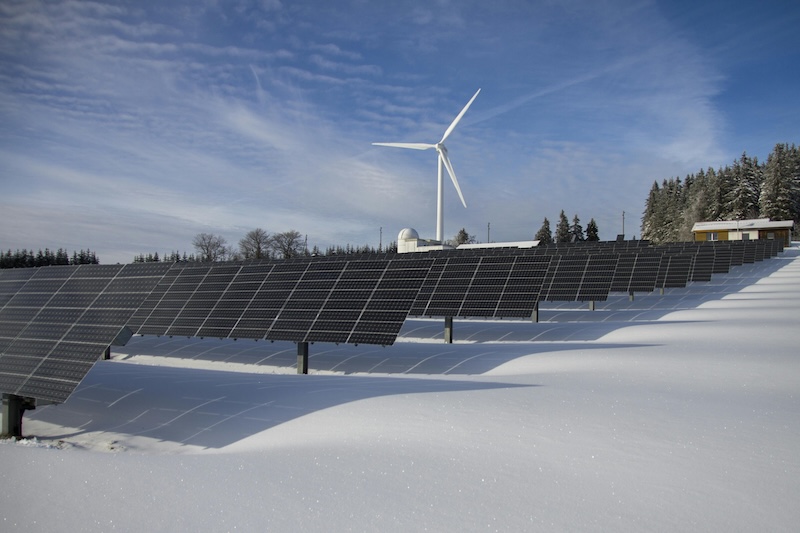

Building codes and minimum building standards such as ASCE 7, Eurocode, and the National Building Code of Canada, are used to calculate the maximum forces a building may encounter. These forces result from wind, snow and seismic activity. For wind up....
The National Oceanic and Atmospheric Administration (NOAA) estimates that in 2024 alone, the United States experienced 27 weather- and climate-related billion-dollar disaster events, with losses totaling $182.7 billion. Severe convective storms — a....
As the world transitions to clean energy, one of the biggest challenges facing the solar industry isn’t technology or financing — It’s labor. The demand for skilled workers to install and maintain solar infrastructure far exceeds supply, threat....
At the first RE+ Microgrids event in New....
Ensuring the reliability and efficiency ....
Natural disasters including hurricanes, severe storms, winter storms, wildfires and heat waves are becoming more frequent and severe, causing widespread power outages across the United States. Between 2000 and 2023, 80 percent of U.S. power outages w....
The geospatial sector has long worked behind the scenes, enabling technological advancements. However, with the rise of artificial intelligence (AI) and digital twins, it is now playing a vital role in the modernization of energy grids. These innovat....
Businesses and communities have long relied on centralized power grids, but as energy demand increases and reliability becomes less certain, many are looking for alternatives. More companies are adopting microgrids and virtual power plants (VPPs), cr....
How can one know the climate impact of a purchase or investment? Clean energy production is about climate mitigation, but how can one know the climate impact of a purchase or investment? Many investors and buyers want to understand how t....
There is no question that weather events place enormous stress on the country’s power grids. Nowhere is this more clearly on display than in the renewable energy market, including the turbulent conditions of the offshore wind industry. As....
Hydrogen peroxide (H2O2) is well known as a household disinfectant, but in its concentrated forms, it has a powerful second life as a clean and efficient propellant used in space applications. When decomposed, H2O2 breaks down into oxygen and wa....